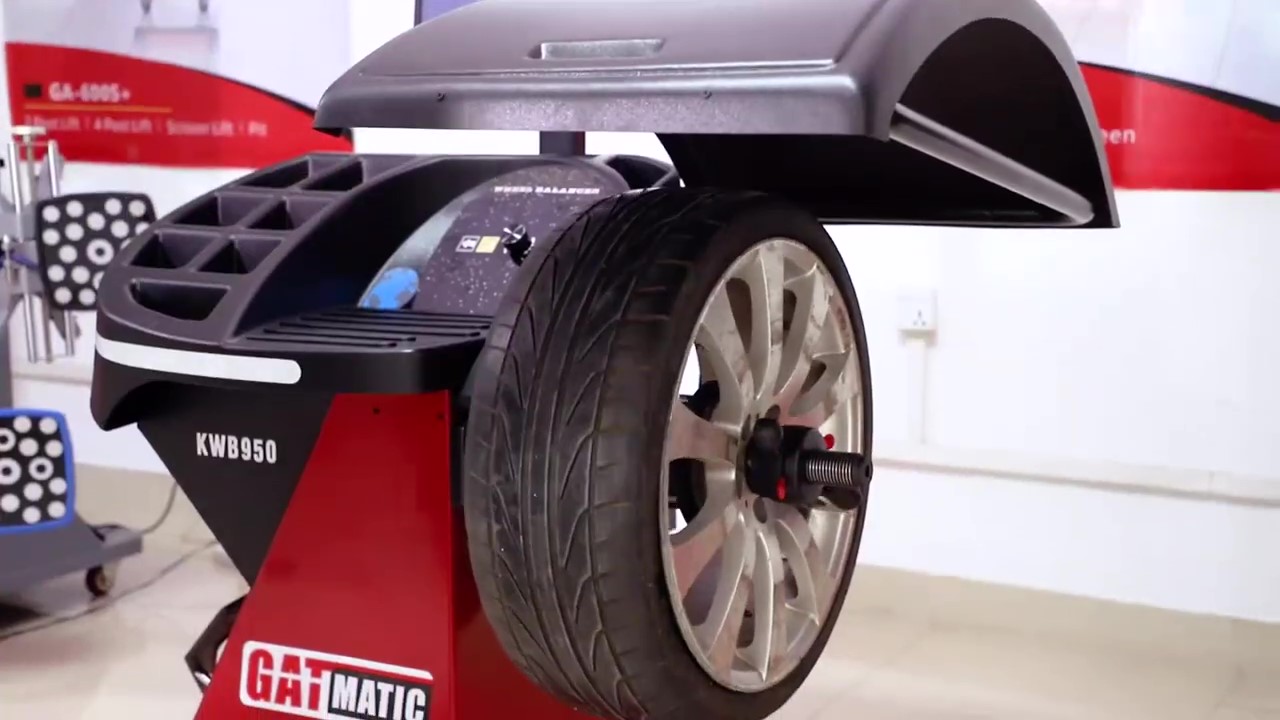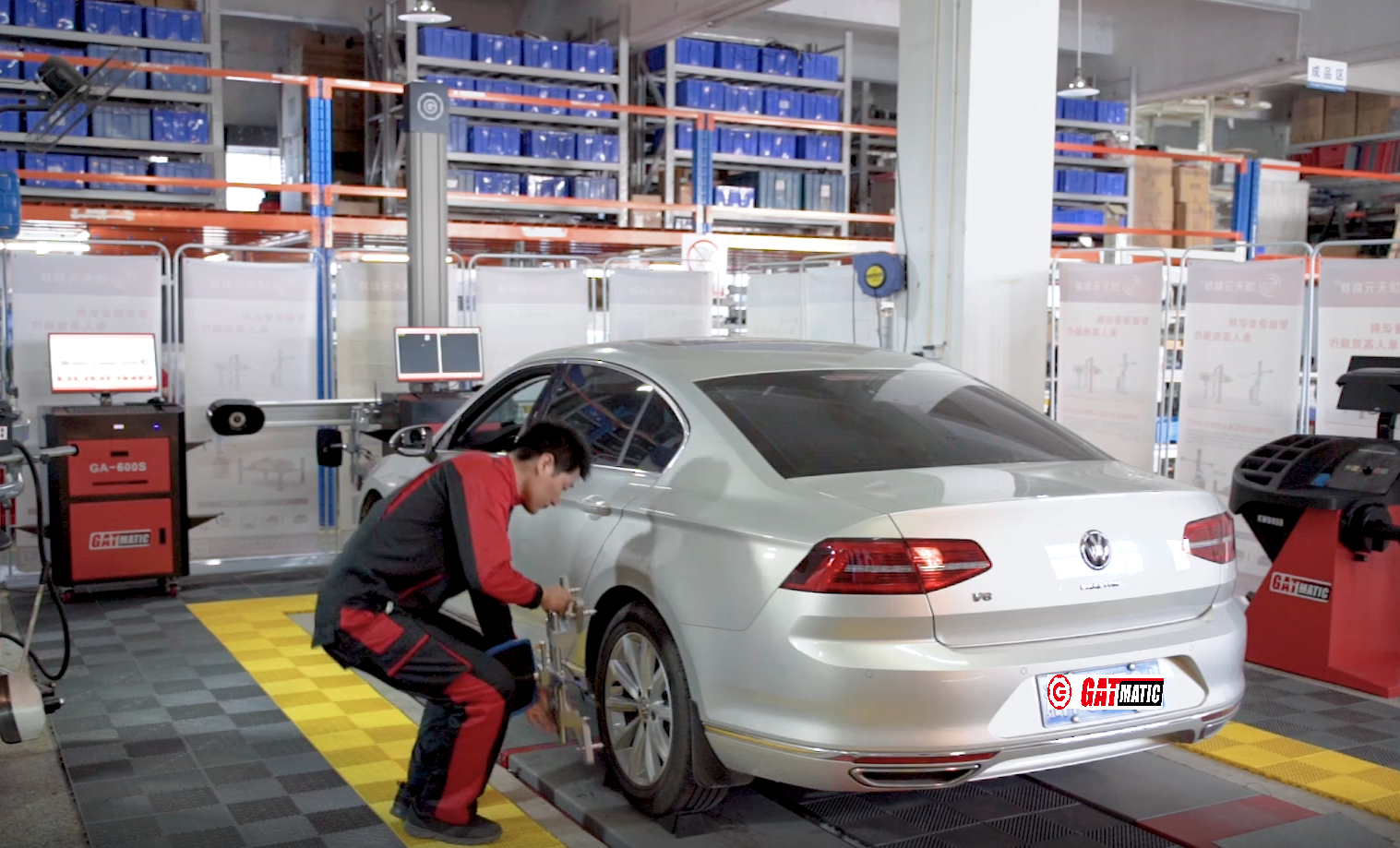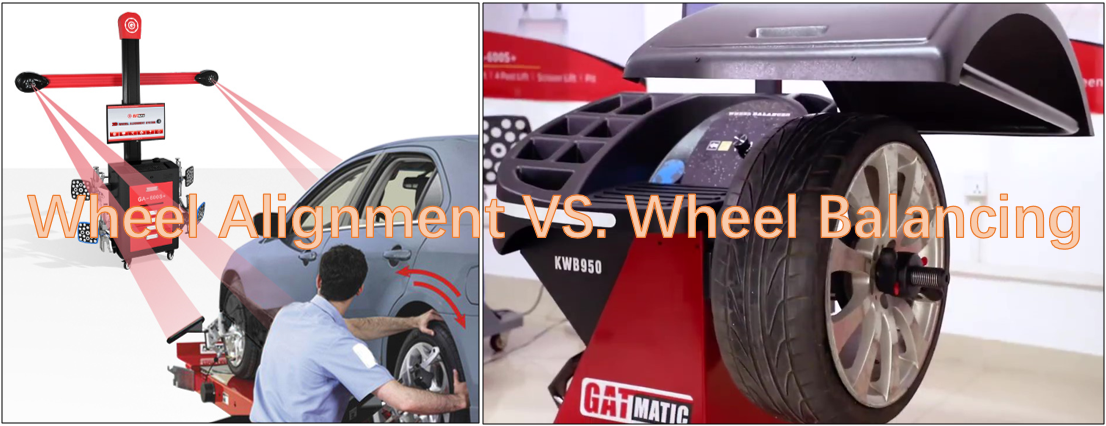Recent Blog
Differences between Tire Balancing & Wheel alignment
When it comes to wheel maintenance, the terms “balancing” and “alignment” are likely familiar to car owners. However, you may be wondering how these services can benefit you and your vehicle. Proper wheel maintenance is crucial for ensuring safe and efficient driving. Next, we’ll delve into the difference between tire balancing and wheel alignment to give you a better understanding and why they’re important.
- What is Wheel Balancing
- Why is Wheel Balancing Necessary
- Signs that Indicate the Need for Wheel Balancing
- How is Wheel Balancing Performed
- Consequences of Not Balancing Your Wheels
- What is Wheel Alignment
- Why is Wheel Alignment Necessary
- Signs that Indicate the Need for Wheel Alignment
- How is Wheel Alignment Performed
- Consequences of Not Aligning Your Wheels
III. Differences between Wheel Balancing & Wheel Alignment
About Wheel Balancing
What is Wheel Balancing
Wheel balancing refers to the process of evenly distributing the weight of a tire and wheel assembly. When a wheel is unbalanced, it can cause vibration, uneven tire wear, and other issues. To balance a wheel, a technician will use a balancing machine to determine where weights need to be added to the wheel. The technician will then attach small weights to the wheel in the appropriate locations to achieve balance.
Why is Wheel Balancing Necessary
Balanced wheels help to reduce vibration and increase tire life. Unbalanced wheels can cause uneven tire wear, leading to premature tire replacement. In addition, unbalanced wheels can cause vibrations that can make the driving experience uncomfortable and even unsafe.
Signs that Indicate the Need for Wheel Balancing
If you notice a vibration or shaking in the steering wheel or the vehicle itself, it may be a sign that your wheels need balancing. You may also notice uneven tire wear, which can indicate that your wheels are out of balance.
How is Wheel Balancing Performed
To balance a wheel, a technician will remove the wheel and tire from the vehicle and mount it on a balancing machine. The machine will spin the wheel and tire assembly and determine where weights need to be added to achieve balance. The technician will then add small weights to the wheel in the appropriate locations.
Consequences of Not Balancing Your Wheels
If you neglect to balance your wheels, you may experience several negative consequences. One of the most common issues is vibration, which can be felt in the steering wheel, seat, or floorboard of your vehicle. This vibration can make for an uncomfortable and potentially dangerous driving experience. Over time, unbalanced wheels can also cause uneven tire wear, leading to the need for premature tire replacement. This can be costly and time-consuming. In some cases, unbalanced wheels can even cause damage to other parts of the vehicle, such as suspension components, which can be expensive to repair. By neglecting to balance your wheels, you risk not only compromising your driving experience but also incurring unnecessary expenses.
About Wheel Alignment
What is Wheel Alignment
Wheel alignment refers to the adjustment of the angles of the wheels so that they are perpendicular to the ground and parallel to each other. Proper wheel alignment ensures that your vehicle’s tires wear evenly and that your vehicle drives straight.
Why is Wheel Alignment Necessary
First and foremost, proper wheel alignment ensures that your vehicle’s tires wear evenly. When your wheels are properly aligned, each tire will contact the road surface at the correct angle, which helps to distribute the vehicle’s weight evenly across the tires. This helps to prevent uneven tire wear, which can lead to the need for premature tire replacement.
In addition to improving tire life, wheel alignment also helps to improve vehicle handling. Properly aligned wheels make for a more stable and predictable driving experience, which can increase safety on the road. When your wheels are out of alignment, your vehicle may pull to one side or the other, which can be dangerous if you need to make a sudden maneuver or if you’re driving on slippery roads. Proper wheel alignment can help to prevent these issues and make your vehicle more responsive to steering inputs.
Signs that Indicate the Need for Wheel Alignment
There are several signs that indicate your vehicle may need a wheel alignment. Here are some of the most common: uneven tire wear, the vehicle pulling to one side, the steering wheel off-center, vibration in the steering wheel, and squealing tires. If you notice any of these signs, it’s important to have your vehicle inspected by a professional technician. Wheel alignment issues can cause a variety of safety and performance problems, and addressing them early can help prevent more serious issues from developing.
How is Wheel Alignment Performed
To align your wheels, a technician will use a machine to measure the angles of the wheels and adjust them as needed. The technician will adjust the camber, caster, and toe angles to ensure that the wheels are perpendicular to the ground and parallel to each other.
Consequences of Not Aligning Your Wheels
Neglecting to align your wheels can result in uneven tire wear, poor handling and steering, reduced fuel efficiency, increased wear and tear on other components, and reduced resale value. It’s important to have your vehicle’s wheels aligned regularly to ensure optimal performance and safety on the road.
Differences between Wheel Balancing & Wheel Alignment
While wheel balancing and wheel alignment may seem similar, they are actually two distinct services that address different aspects of the wheel and tire system. Here are the following five aspects to analyze their differences.
#1 Purpose
Wheel balancing is primarily focused on balancing the weight of the tire and wheel assembly, while wheel alignment is focused on adjusting the angles of the wheels to ensure they are set to the manufacturer’s specifications.
#2 Symptoms
The symptoms of a need for wheel balancing and wheel alignment are different. A need for wheel balancing is typically indicated by vibration or shaking in the steering wheel or vehicle at higher speeds, while a need for the wheel alignment is typically indicated by uneven tire wear, steering pull, or off-center steering wheel.
#3 Procedure
Wheel balancing involves adding weights to the rim of the wheel to balance out any uneven weight distribution, while wheel alignment involves adjusting the angles of the wheels using specialized equipment and making adjustments to the suspension components.
#4 Frequency
Wheel balancing typically needs to be performed more frequently than wheel alignment. While wheel alignment may only need to be done once every two to three years or when specific symptoms arise, wheel balancing may need to be done every 5,000 to 7,500 miles or whenever new tires are installed.
#5 Cost
The cost of wheel balancing and wheel alignment can vary depending on the vehicle, location, and service provider. However, in general, wheel balancing is less expensive than wheel alignment.
While wheel balancing and wheel alignment are both important for maintaining the safety and performance of your vehicle, they address different aspects of the wheel and tire system. Wheel balancing is focused on balancing the weight of the tire and wheel assembly, while wheel alignment is focused on adjusting the angles of the wheels to ensure they are set to the manufacturer’s specifications.
Conclusion
Wheel balancing and wheel alignment are both important aspects of proper wheel maintenance. While they serve different purposes, they work together to ensure.
Describe Your Needs In Detail!
We will carefully evaluate your needs and give professional solutions.





